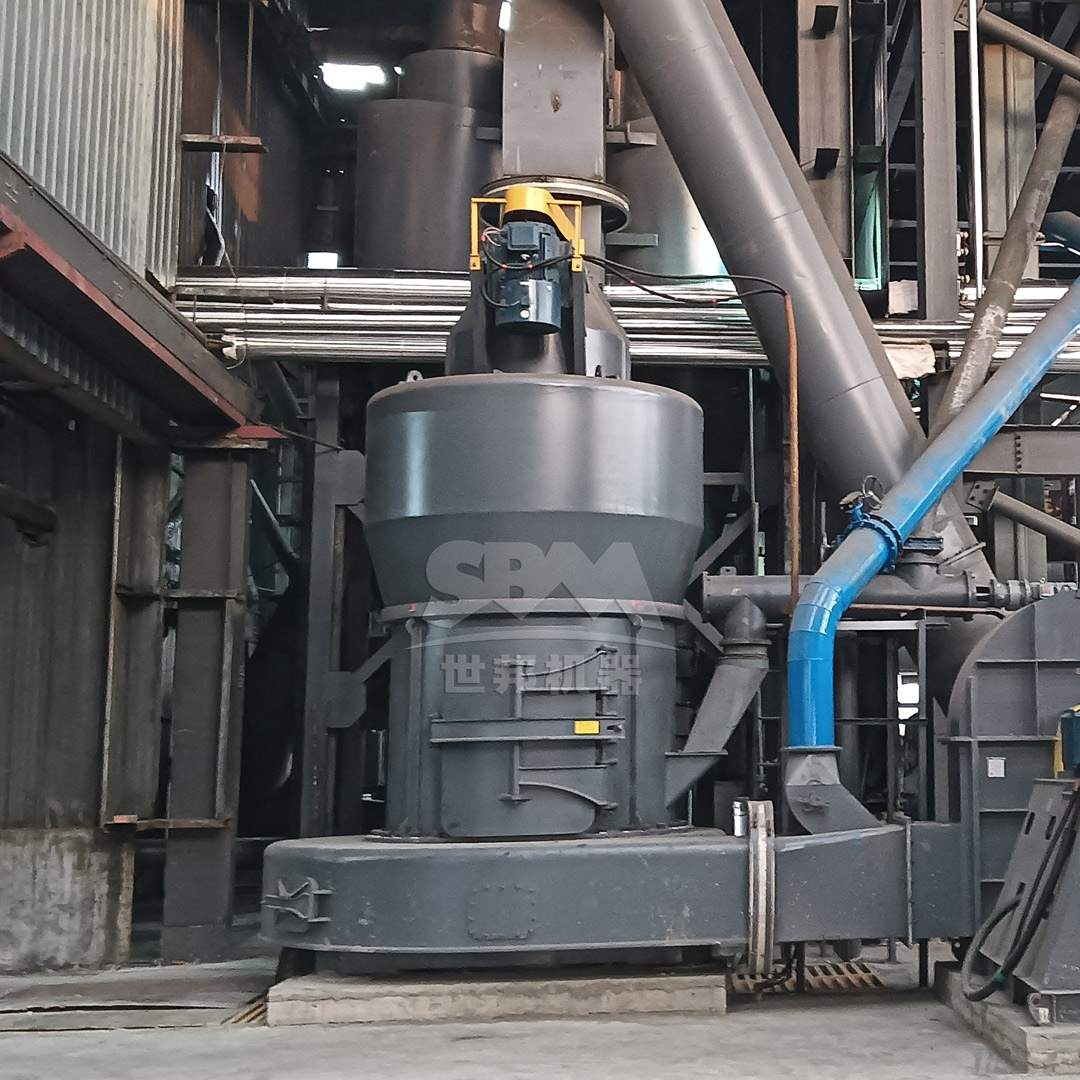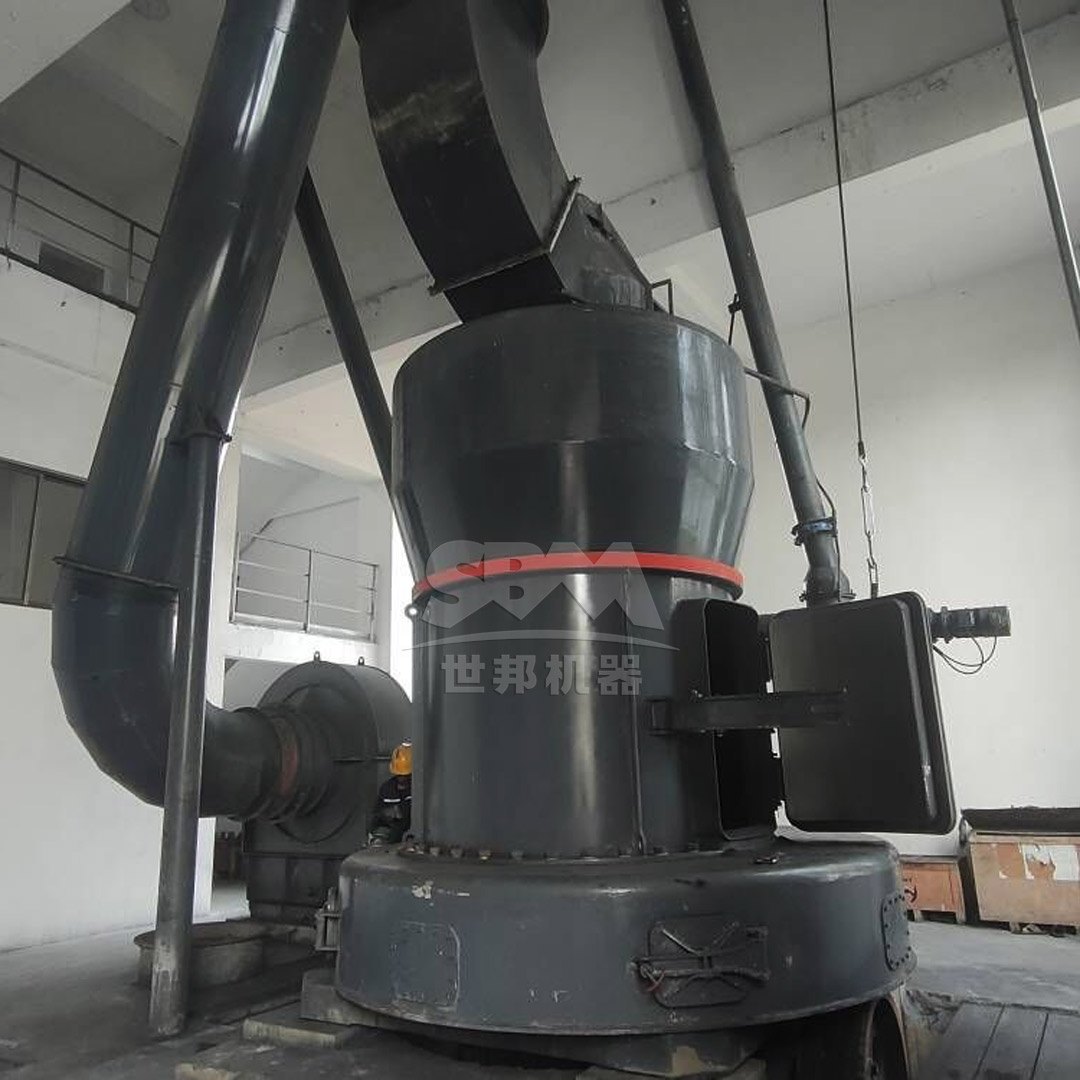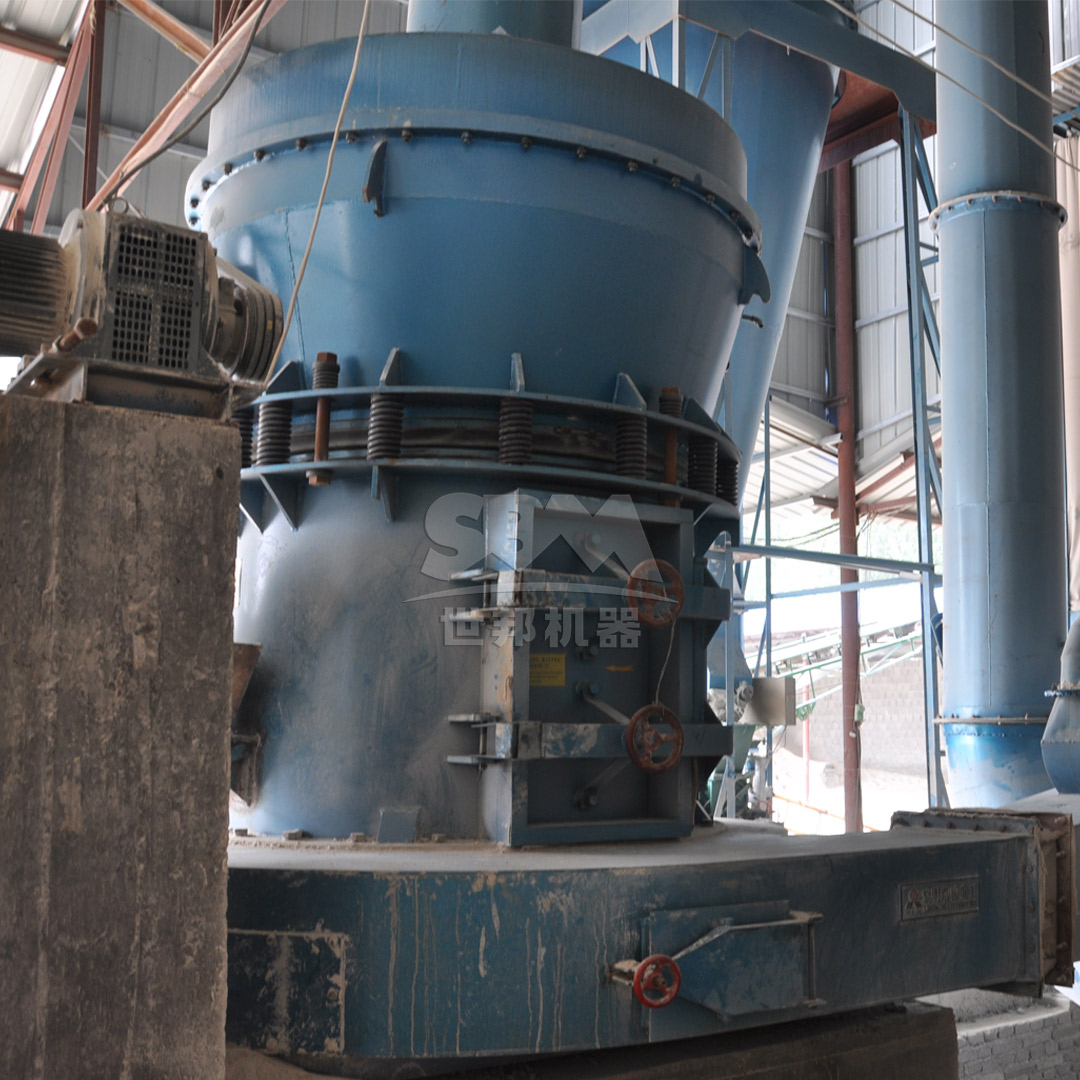The plastics industry continuously seeks innovative solutions to enhance product performance while reducing production costs. One of the most effective approaches involves the strategic use of mineral fillers, with calcite (calcium carbonate) standing out as a particularly valuable additive. When properly processed, calcite improves mechanical properties, thermal stability, and surface finish of plastic products while significantly reducing raw material costs. The key to unlocking these benefits lies in advanced grinding technology that can produce calcite powders with precisely controlled particle size distribution and morphology.
Calcite filler represents 15-40% of the total weight in many plastic composites, making its quality and consistency paramount to final product performance. Traditional grinding methods often fail to deliver the uniformity and fineness required for high-grade plastic applications, resulting in compromised mechanical properties and surface defects. This technical paper explores how modern roller mill technology addresses these challenges while highlighting specific equipment solutions that optimize calcite processing for plastic manufacturing.

The effectiveness of calcite as a plastic filler depends on several critical parameters that must be carefully controlled during the grinding process. Understanding these requirements is essential for selecting appropriate milling technology.
For most plastic applications, calcite fillers require a tightly controlled particle size distribution between 325 mesh (45μm) and 2500 mesh (5μm). Finer particles provide better mechanical properties and surface finish but increase production costs. The optimal size range varies by application:
| Plastic Application | Optimal Particle Size Range | Key Benefits |
|---|---|---|
| PVC pipes and profiles | 400-800 mesh | Impact strength, dimensional stability |
| Polypropylene compounds | 800-1250 mesh | Stiffness, heat distortion temperature |
| Polyethylene film | 1250-2500 mesh | Clarity, tear resistance |
| Engineering plastics | 2500 mesh and finer | Tensile strength, surface finish |
The shape and surface characteristics of calcite particles significantly influence their behavior in plastic matrices. Cubic particles with low aspect ratios provide the best balance of mechanical properties and processability. Modern roller mills achieve this through controlled compression and shearing action, unlike impact mills that produce irregular, high-aspect-ratio particles.
Iron contamination from grinding media can catalyze polymer degradation during processing. Advanced roller mills address this concern through specialized wear-resistant materials and innovative designs that minimize metal-to-metal contact during grinding.
Roller mills represent the state-of-the-art in calcite processing for plastic applications. Unlike traditional ball mills or impact mills, roller mills utilize a bed compression principle that delivers superior control over particle characteristics while offering significant energy savings.
The fundamental operation involves feeding material between rotating grinding elements where it undergoes compression and shearing forces. This controlled stress application produces particles with consistent morphology and minimal fines generation. The modular design allows precise adjustment of grinding pressure, rotational speed, and classifier settings to match specific product requirements.
Roller mills typically consume 30-50% less energy than traditional grinding systems for equivalent output. This efficiency stems from the direct application of force to the material bed rather than relying on inefficient impact or attrition mechanisms. For plastic manufacturers using significant quantities of calcite filler, this translates to substantial operational cost savings.
Modern roller mills incorporate fully enclosed systems with advanced dust collection, ensuring workplace safety and environmental compliance. Noise levels are typically maintained below 75-80 dB, significantly quieter than alternative grinding technologies.

For plastic applications requiring the finest calcite powders, the SCM Ultrafine Mill represents an optimal solution. This advanced grinding system delivers exceptional control over particle size distribution in the range of 325-2500 mesh (45-5μm), making it ideal for high-value plastic compounds where surface finish and mechanical properties are critical.
The SCM series incorporates several innovations specifically beneficial for calcite processing. The vertical turbine classifier enables precise particle size cuts with no coarse powder contamination, ensuring consistent product quality. Special wear-resistant materials for grinding components extend service life while preventing iron contamination—a crucial consideration for plastic applications where metal impurities can catalyze polymer degradation.
| Model | Processing Capacity (ton/h) | Main Motor Power (kW) | Output Fineness (mesh) | Recommended Plastic Application |
|---|---|---|---|---|
| SCM800 | 0.5-4.5 | 75 | 325-2500 | Specialty films, engineering plastics |
| SCM1000 | 1.0-8.5 | 132 | 325-2500 | Automotive compounds, PVC profiles |
| SCM1250 | 2.5-14 | 185 | 325-2500 | General-purpose polyolefins |
| SCM1680 | 5.0-25 | 315 | 325-2500 | Large-volume masterbatch production |
Beyond its technical capabilities, the SCM Ultrafine Mill offers practical advantages that directly impact manufacturing efficiency. The intelligent control system automatically maintains target particle size distribution, reducing operator intervention and ensuring batch-to-batch consistency. Energy consumption is approximately 30% lower than comparable jet mills, providing significant cost savings in continuous operation. The compact design and integrated dust collection system simplify installation and minimize space requirements.
For plastic applications requiring moderate fineness (30-325 mesh) at high production rates, the MTW Series Trapezium Mill delivers outstanding performance. This robust grinding system combines high throughput with excellent particle size control, making it ideal for large-volume plastic products such as pipes, profiles, and injection-molded components.
The MTW series incorporates several patented features that enhance its suitability for calcite processing. The curved air channel design minimizes flow resistance and energy consumption while the combined shovel blade system reduces maintenance requirements. The conical gear integral transmission achieves 98% transmission efficiency—significantly higher than traditional decelerator systems—while saving installation space and reducing overall equipment costs.
With processing capacities ranging from 3-45 tons per hour depending on model selection, the MTW series can support the largest plastic manufacturing operations. The flexible design accommodates variations in raw material characteristics while maintaining consistent product quality. Multiple models are available to match specific production requirements, from the compact MTW110 suitable for specialty compounds to the high-capacity MRN218 designed for continuous operation in large-scale facilities.

The transition from traditional grinding systems to modern roller mill technology delivers measurable improvements in product quality and operational efficiency. A representative case study involving a European plastic compounder illustrates these benefits.
A manufacturer of polypropylene compounds for automotive applications struggled with inconsistent mechanical properties and surface defects in finished components. Analysis identified variations in calcite filler quality as the root cause, with their existing ball mill system producing broad particle size distributions and irregular particle morphology.
The company installed an SCM1000 Ultrafine Mill specifically dedicated to calcite processing. The system was configured to produce calcite powder with a target fineness of 1250 mesh (D97 ≤ 10μm) and tightly controlled particle size distribution.
Within three months of operation, the compounder documented significant improvements: impact strength increased by 18%, surface roughness decreased by 32%, and production reject rates fell from 4.2% to 0.8%. Additionally, energy consumption for calcite grinding reduced by 35%, delivering a return on investment of less than 18 months.
Implementing advanced roller mill technology requires capital investment that must be justified through operational benefits and product quality improvements. A comprehensive economic analysis demonstrates the compelling business case for this technology.
Modern roller mills represent a significant capital investment, with system costs varying based on capacity and configuration. However, this initial expenditure must be evaluated against the total cost of ownership, including energy consumption, maintenance requirements, and product quality implications.
The energy efficiency of roller mills delivers substantial operational savings. Compared to traditional ball mills, energy consumption reductions of 30-40% are typical, while compared to jet mills, savings of 50-60% can be achieved. For a facility processing 10,000 tons of calcite annually, this translates to approximately $150,000-$250,000 in annual energy cost savings.
The consistent particle size distribution achieved with roller mill technology reduces material waste and improves product quality. In plastic applications, this can enable down-gauging (using less material to achieve equivalent performance) or command premium pricing for superior product characteristics.
The evolution of roller mill technology continues, with several emerging trends that will further enhance their value for plastic applications. Understanding these developments helps manufacturers make informed technology decisions.
As plastic compounds increasingly incorporate nano-fillers to achieve specific functional properties, the demand for sub-micron calcite powders continues to grow. Next-generation roller mills with enhanced classification systems are evolving to meet this need, enabling production of calcite powders with controlled particle sizes down to 1-2μm.
Modern roller mills increasingly incorporate smart manufacturing capabilities, including remote monitoring, predictive maintenance, and integration with plant-wide control systems. These features minimize unplanned downtime and optimize performance based on real-time operating conditions.
Environmental considerations are driving development of even more energy-efficient grinding systems with reduced carbon footprints. Simultaneously, advanced dust collection and noise reduction technologies continue to improve workplace safety and environmental compliance.
Roller mill technology represents a significant advancement in calcite processing for plastic applications. The precise control over particle size distribution and morphology achievable with systems like the SCM Ultrafine Mill and MTW Series Trapezium Mill enables plastic manufacturers to optimize product performance while reducing production costs. As plastic compounds continue to evolve toward higher performance and greater sustainability, advanced grinding technology will play an increasingly critical role in determining competitive advantage.
The selection of appropriate grinding equipment should be based on comprehensive technical and economic analysis, considering both immediate production requirements and long-term strategic objectives. With proper implementation, modern roller mill technology delivers compelling returns through improved product quality, reduced operational costs, and enhanced manufacturing flexibility.